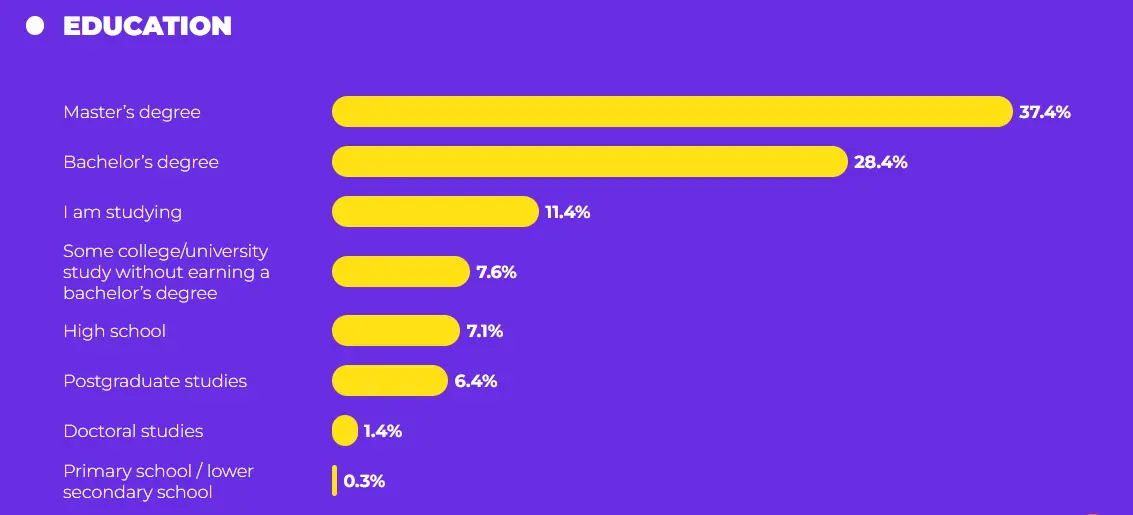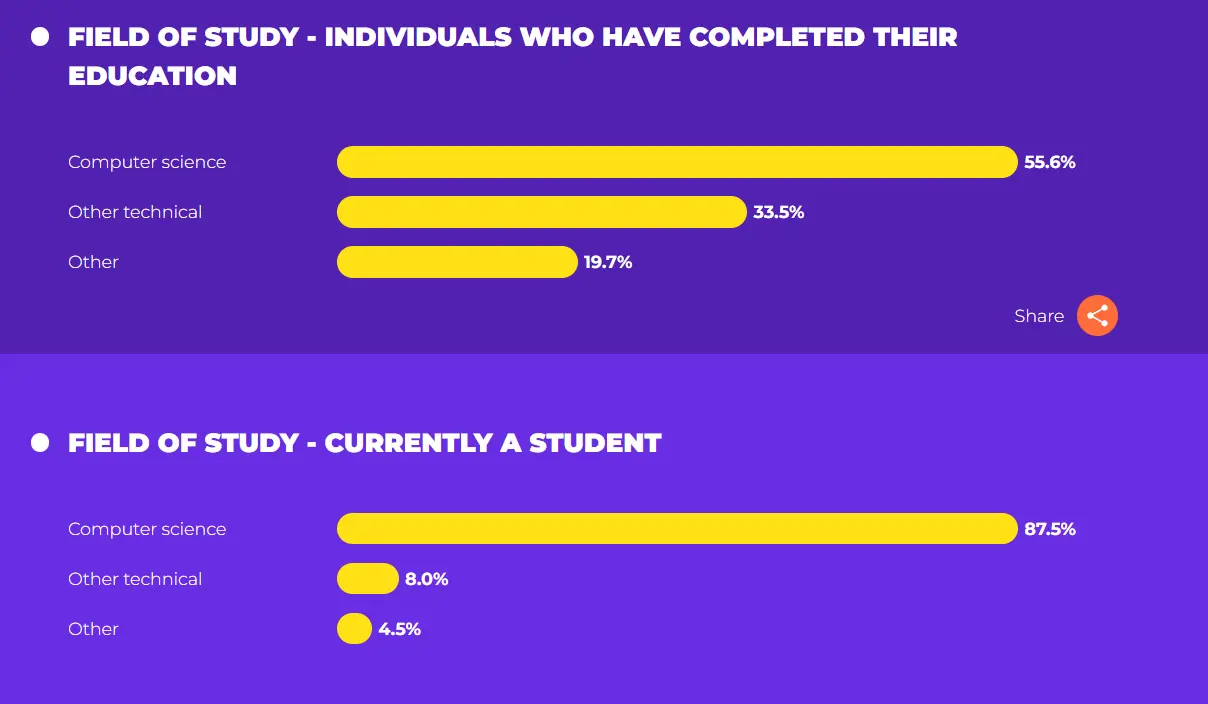Choosing the Right Staff Augmentation Hub: Poland, Brazil, Romania, or India?
29.08.2024 | 5 min read

When selecting a location for staff augmentation, US scaleups must evaluate several key factors such as economic stability, technical expertise, talent availability, legal and compliance considerations, and cultural and time zone compatibility.
Below, we compare four promising destinations—Poland, Brazil, Romania, and India—based on these criteria, providing insights to help guide your decision-making.
Economic Stability
Poland offers a robust and stable economy, backed by a diverse set of industries including automotive, aerospace, business services, research and development, food processing, and electronics. The country's resilience in mitigating economic risks and navigating crises positions it as a secure option for long-term investments.
Brazil ranks as the 4th most attractive outsourcing destination globally (GSLI rank 4). While it has a lower intensity of technology innovation compared to developed economies, its scale and growing digitalization make it a competitive player in the outsourcing market.
Romania and India also have strong positions within the global outsourcing landscape. India, as the top-ranked country on the GSLI, has traditionally led in outsourcing due to its large, cost-effective skilled workforce. Romania, with a GSLI rank of 13, is notable for its stability and attractiveness, particularly within the European market.
Presence of Major US Technology Accelerators and R&D Hubs
Poland has emerged as a significant European tech hub, further evidenced by the presence of major US technology accelerators such as Google for Startups Campus and Cambridge Innovation Center (CIC) in Warsaw. This presence provides Polish tech teams with access to global resources, collaboration opportunities, and a gateway to innovation.
India continues to be a leader in R&D investments with a strong focus on emerging technologies such as AI and ML. The Indian government’s initiatives to upskill its workforce further solidify its position as a top destination for high-tech R&D.
While Brazil has numerous captives and innovation hubs, it still lags behind Poland and India in terms of R&D intensity. Romania, on the other hand, has a growing reputation in the tech industry, with significant investment in its AI and cybersecurity sectors.
Talent Pool and Technical Expertise
Poland boasts an extensive talent pool with over 91,365 professionals in the software development sector. Moreover, its AI talent pool ranks 7th in the EU, reflecting the country’s strength in high-tech industries. Poland is also ranked highly in global coding competitions and by platforms like HackerRank.


India, while ranked 35th in AI intensity, has a vast and growing talent pool due to its strong STEM education system. The Indian workforce is being rapidly upskilled in AI and related technologies, which aligns with the country's push toward becoming a global AI powerhouse.
Brazil has approximately 750,000 tech professionals, but it ranks lower in global coding competitions. Romania offers a smaller but highly skilled pool, with around 202,000 developers as of 2024, ranking 12th globally in AI talent intensity.
English Proficiency
Poland ranks 13th globally in the EF English Proficiency Index, offering very high proficiency, which is crucial for seamless collaboration with US-based teams. Romania also ranks well at 15th, providing a high level of English proficiency.
Brazil and India, however, lag behind with lower English proficiency scores, which could present communication challenges.
Security and Compliance
Poland is one of the top-ranked countries globally in cybersecurity, coming in second on the National Cyber Security Index. This makes it an ideal location for projects requiring high levels of data protection and compliance with international standards such as GDPR. Being an EU member, Poland ensures adherence to stringent data protection regulations, further enhancing its appeal.
India, while making strides in cybersecurity, still faces challenges in this area. Brazil and Romania also have solid frameworks but do not match Poland’s high standards.
Time Zone and Cultural Compatibility
Poland’s CET/CEST time zone is highly compatible with both European and US operations, allowing for significant overlapping working hours. This time zone advantage is particularly beneficial for real-time collaboration, as demonstrated by some of our successful projects.

India and Romania also offer good time zone compatibility with the US, though the difference is more pronounced. Brazil, sharing more time zone overlap with the US, is naturally well-aligned in this regard.
Which Country to Choose
Each country offers unique advantages for US scaleups considering staff augmentation.
However, Poland stands out for its stable economy, deep talent pool, high levels of technical expertise, excellent English proficiency, robust security framework, and convenient time zone compatibility.
India remains a leader due to its vast talent and low costs, making it ideal for large-scale projects.
Brazil and Romania also offer significant benefits, particularly in terms of talent availability and time zone compatibility, but may pose more challenges in technical expertise and English proficiency compared to Poland.
For US companies looking for a reliable, high-quality location for staff augmentation in Europe, Poland represents a compelling choice that balances cost, expertise, and ease of integration.
Culturally, Poland's deep integration with Western European norms makes it a particularly good fit for US companies, with minimal cultural barriers.
Pictures: Polish IT Community Report 2024
Looking for an experienced team to bring your digital product to life?
Get in touch for a free consultation on hello@10Clouds.com. Our friendly team will get back to you within one working day!



